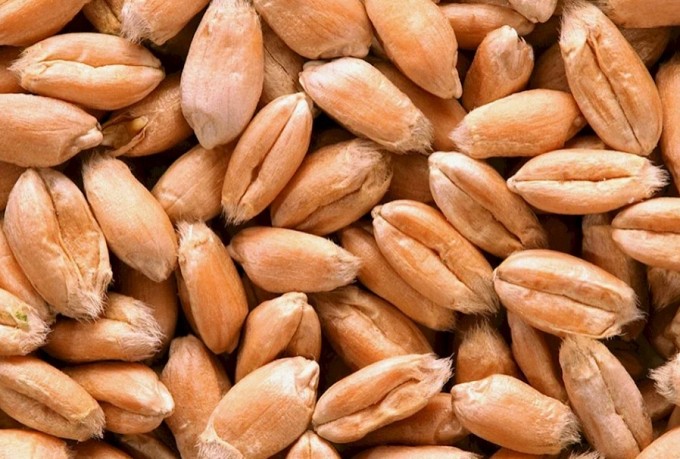
Grain prices fell sharply during the harvest. Since May, the price drop has been more than 50 euros per ton, or 20%. Now the question is whether prices will continue to fall or whether they will rise again. Should the harvest be sold immediately after harvesting or is it better to put it in storage and wait for prices to rise? German expert Olaf Zinke discusses this on the pages of agrarheute.com.
“Traditionally, the marketing strategy of a grain farmer is usually based on his urgent need for money and his appetite for risk. The dynamics of grain prices in Europe in recent years clearly show that in most years it made sense for farmers to store grain after harvesting rather than sell it immediately. Because the highest prices were achieved in the first months of the following year. On the other hand, this is not a law of nature, and the situation can change - prices can continue to fall for several months after harvesting. This has also happened before,” Olaf Zinke noted.
It is not yet clear what the new harvest in Europe will be like and what its quality will be. Prolonged rains during the harvest period do not add optimism to farmers. All this, of course, will affect the prices that will be paid for the new crop.
Therefore, it is the storage of the new crop that will give farmers the opportunity to wait and see how market prices change. But this does not mean a guarantee of price growth. In addition, there are several disadvantages to storing the crop. Namely, given that the harvest in Europe takes place in very humid conditions, farmers will have to bear the costs of drying. In addition, higher interest rates and higher transport fees also increase the cost of storage.
Therefore, having your own storage facility for a farmer remains an important marketing tool. If used correctly, he can significantly increase his profits.
“If a farmer decides to store grain for profit, it is important that in the end the marginal benefit from storing the crop is greater than the marginal costs,” explained Olaf Zinke.
At the same time, stocks of the previous harvest in the European Union are at a very high level. The reasons are both very high imports from Ukraine and lower exports to third countries. This means that the remaining volumes of the old crop, in addition to the new crop, will both enter the domestic grain market and fill the scarce storage space. This also serves as a signal that prices may continue to decline.
That is, when farmers stock up in anticipation of prices rising after the harvest, there is an equal chance that prices will fall and storing the crop will become an unprofitable business.
It is therefore important for farmers to assess the market situation as critically as possible and regularly check possible market trends.
“Analysts note that most people focus on what has happened recently. And marketing experience over the past few years can lead to expectations that the coming year will be the same. The consequence of this may be a subconscious assumption that grain prices will reach the same high values on the market as in the previous two years. But every year is different, and the situation may develop according to a different scenario. It is important to calculate this scenario in time,” Olaf Zinke added.
In conclusion, the expert recommends one effective way to reduce price risk by storing the harvest - regularly selling the grain in parts throughout the entire marketing period.